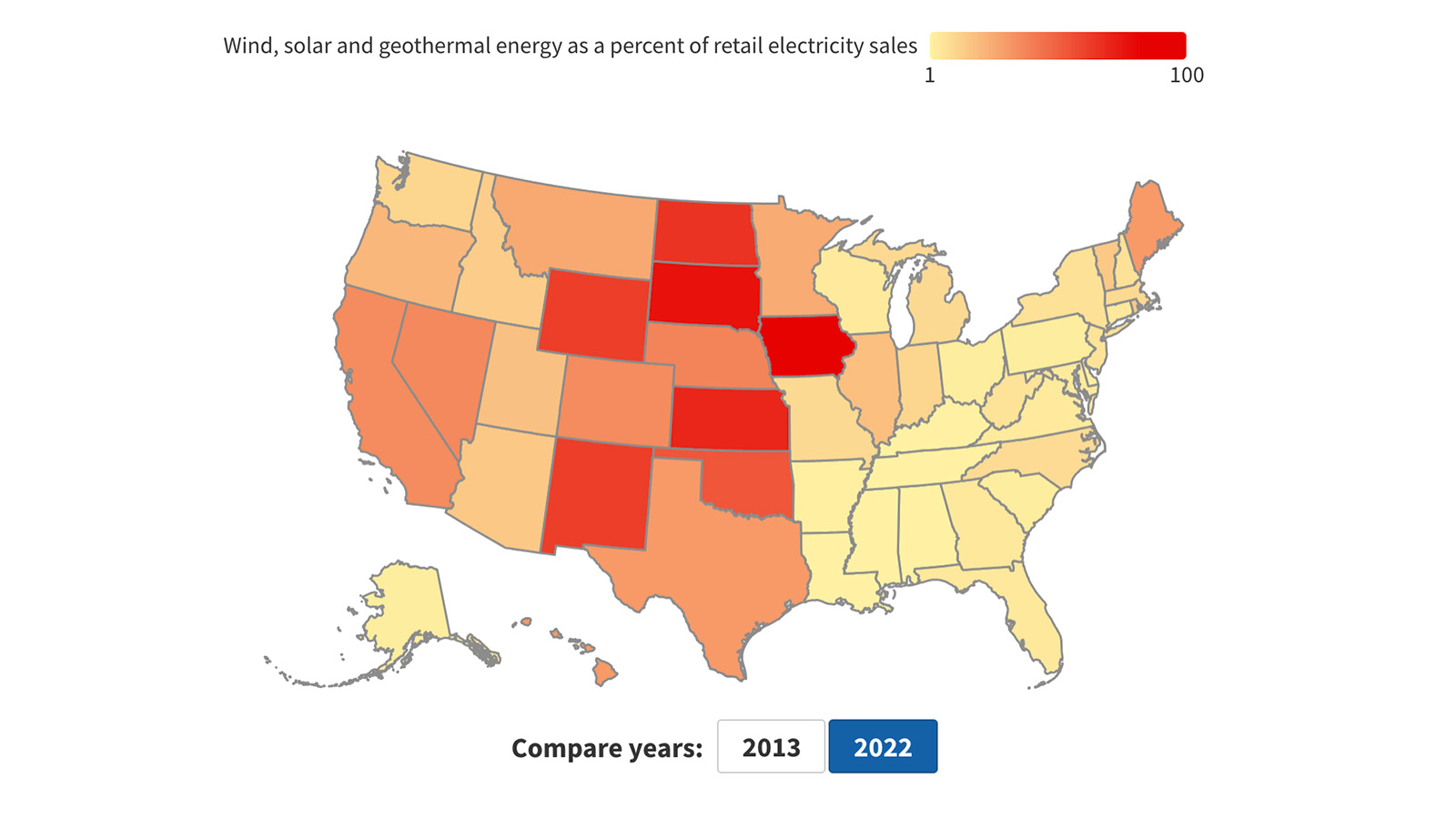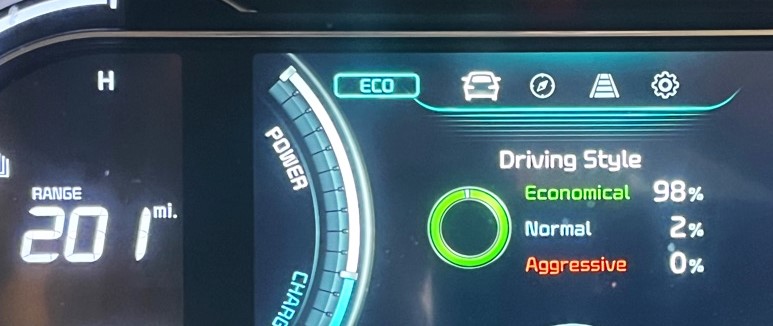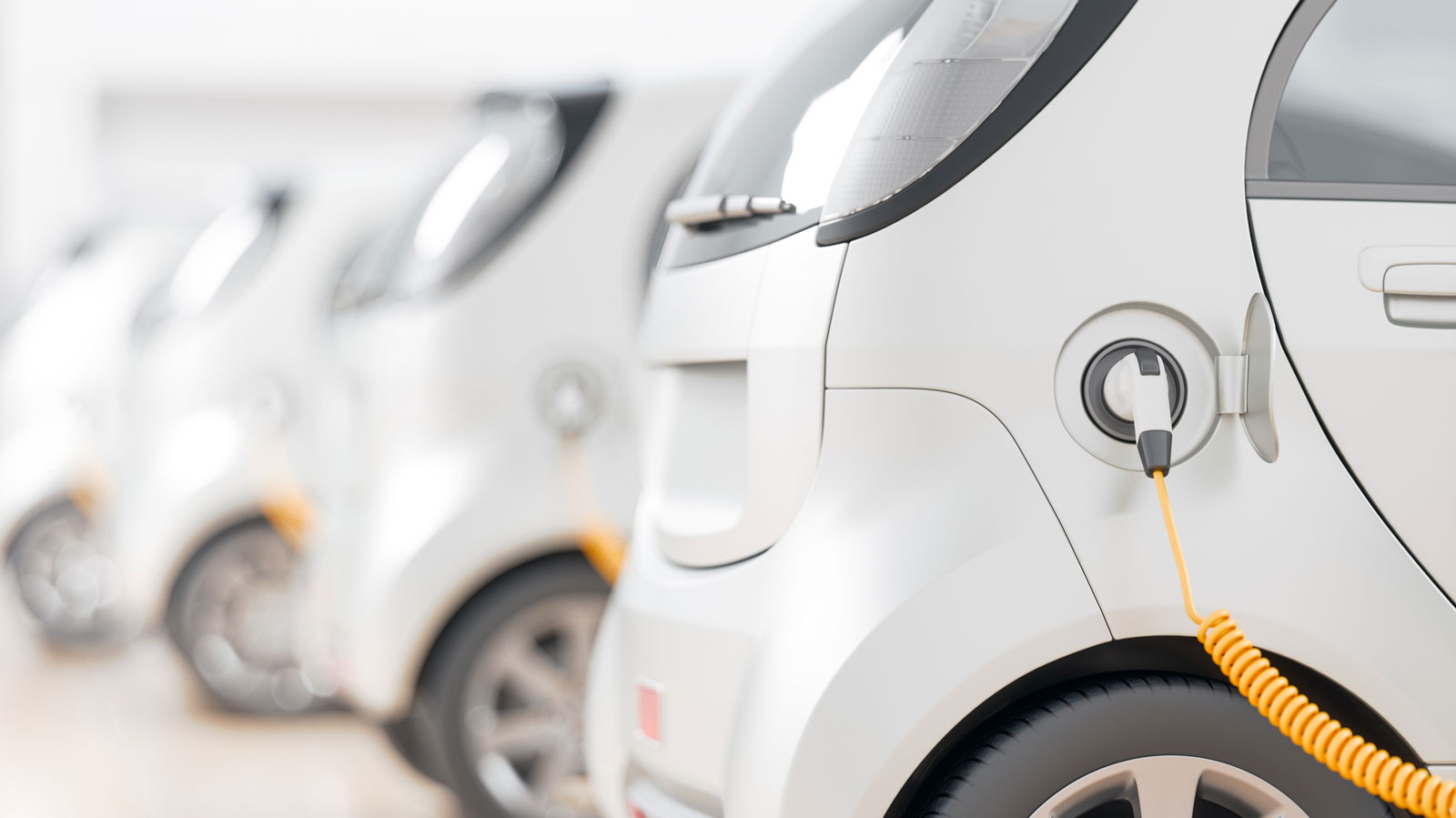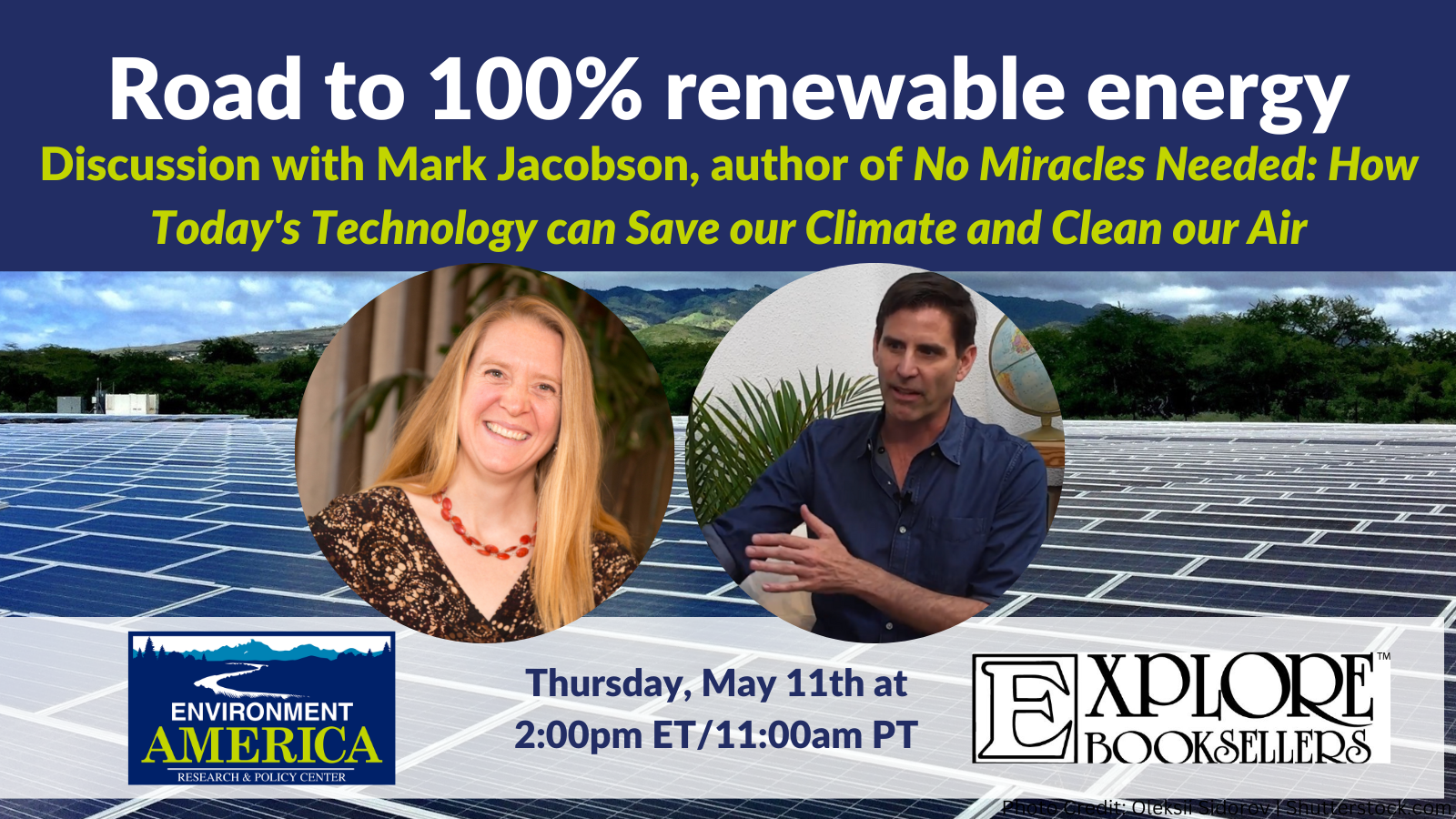
Destination: Zero Carbon
Three strategies to transform transportation in America
In the U.S., transportation is climate enemy number one. America’s transportation system produces more greenhouse gas emissions than any other sector of our economy and, on its own, is responsible for 4 percent of the world’s greenhouse gas emissions – more than the entire economies of France and the United Kingdom combined.
Downloads
Environment Florida Research and Policy Center
In the U.S., transportation is climate enemy number one. America’s transportation system produces more greenhouse gas emissions than any other sector of our economy and, on its own, is responsible for 4 percent of the world’s greenhouse gas emissions – more than the entire economies of France and the United Kingdom combined.
There is no solution to global warming that doesn’t involve a sea change in how Americans get around and in how we power our cars and trucks. The good news: A clean, efficient, and sustainable low-carbon transportation system is possible. By phasing out fossil fuel vehicles, electrifying and improving our transit system, and getting more people walking and biking, the U.S. can take on today’s greatest environmental challenge, while creating communities that are healthier, safer and more livable.
Transportation is the leading source of carbon pollution in the U.S., and light-duty vehicles – including cars, pickups and SUVs – are the biggest contributors to the problem. In 2017, light-duty vehicles accounted for one-sixth of America’s greenhouse gas emissions, and nearly three-fifths of emissions from the transportation system. That is equivalent to:
- Nearly all the carbon pollution from all the remaining U.S. coal-fired power plants.
- More than the entire emissions of any country in the world except China, India, Russia and Japan.
High transportation emissions result in large part from Americans driving more than 3.2 trillion miles each year in inefficient, polluting vehicles.6 Factors driving high emissions from light-duty vehicles include:
- Oversized, inefficient vehicles that run on dirty fuels. Typical U.S. vehicles are bigger, heavier and more powerful than those in most other countries, contributing to relatively high fuel use and carbon dioxide emissions per mile of travel.
- Subsidized driving. Driving in the U.S. benefits from direct and indirect subsidies that lead to increased vehicle travel.
- Lack of transit access. 45 percent of Americans lack access to public transit. And even in areas ostensibly Executive summary 5 served by transit, many Americans live in places where transit is inaccessible, unreliable, infrequent or low quality.
- Dangerous walking and biking. In 2018, nearly 6,300 pedestrians and more than 800 bicyclists were killed in traffic, increases of 3.4 percent and 6.3 percent, respectively, from 2017. These deaths reflect infrastructure that is unsafe, and that can dissuade people from choosing to get around without a car.
- Car-dependent land use patterns. Many communities in the U.S. have attributes that make it hard to get around without a car, including low density and single-use zoning that separates homes and workplaces. Research shows that Americans who live in low-density areas travel more often by driving, drive more miles, and tend to own more vehicles.
Three key goals – phasing out fossil fuel vehicles, electrifying transit, and getting more people traveling by foot, bike and transit – can help the U.S. create a zero-carbon transportation future in which vehicles are powered by clean, renewable energy, and in which more people get around without a car. By adopting goals to decarbonize transportation, policymakers can immediately begin reducing transportation emissions, while ensuring healthier, happier and safer communities for everyone.
Topics
Find Out More


Electric vehicles are good. We can make them better.

Electric Vehicles Save Money for Government Fleets

